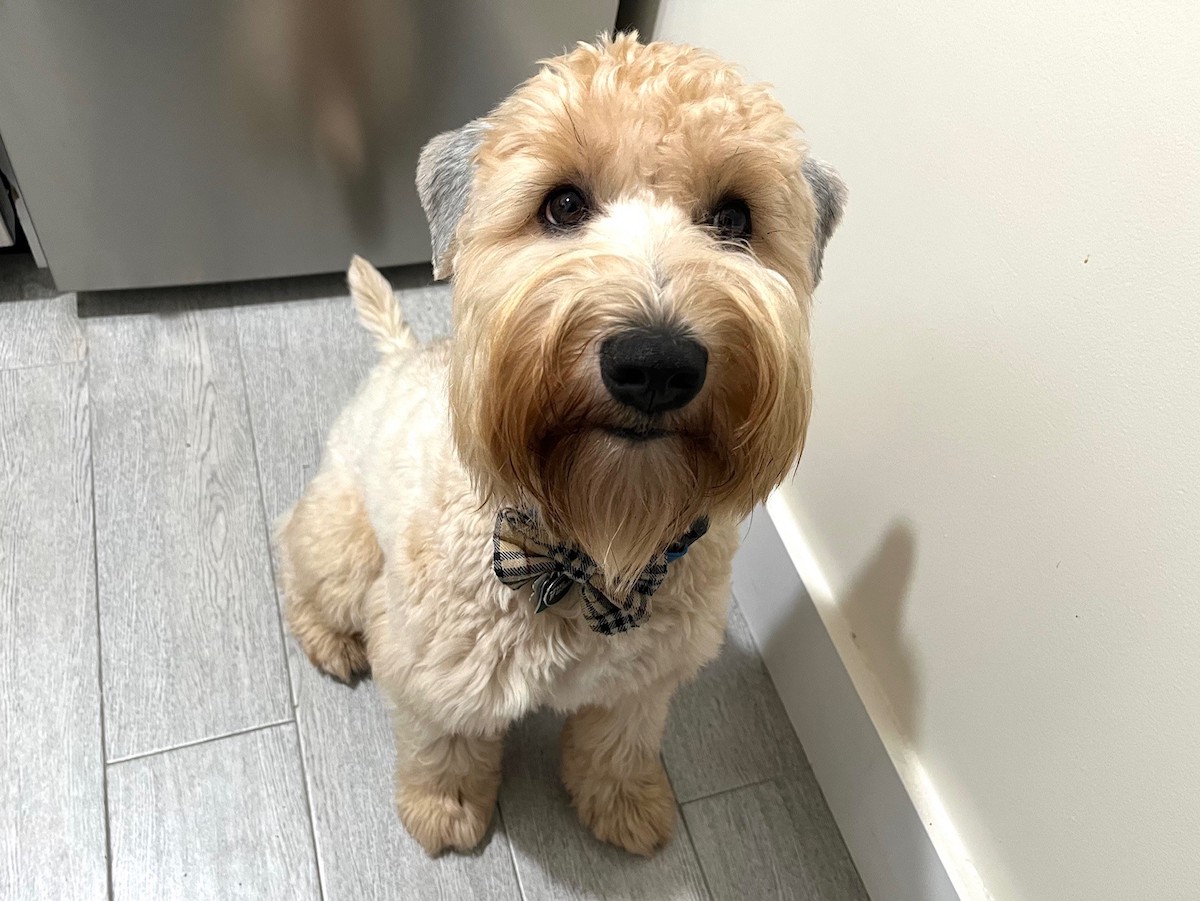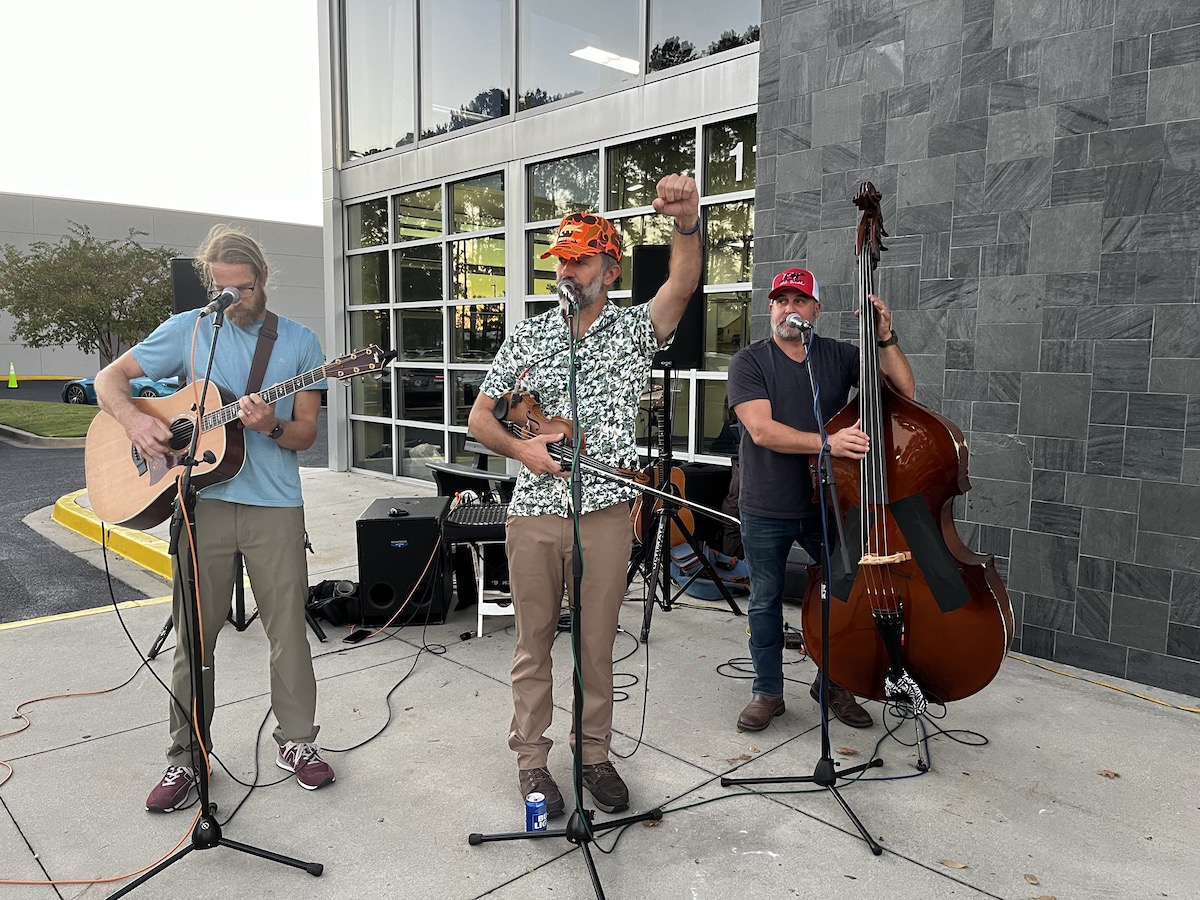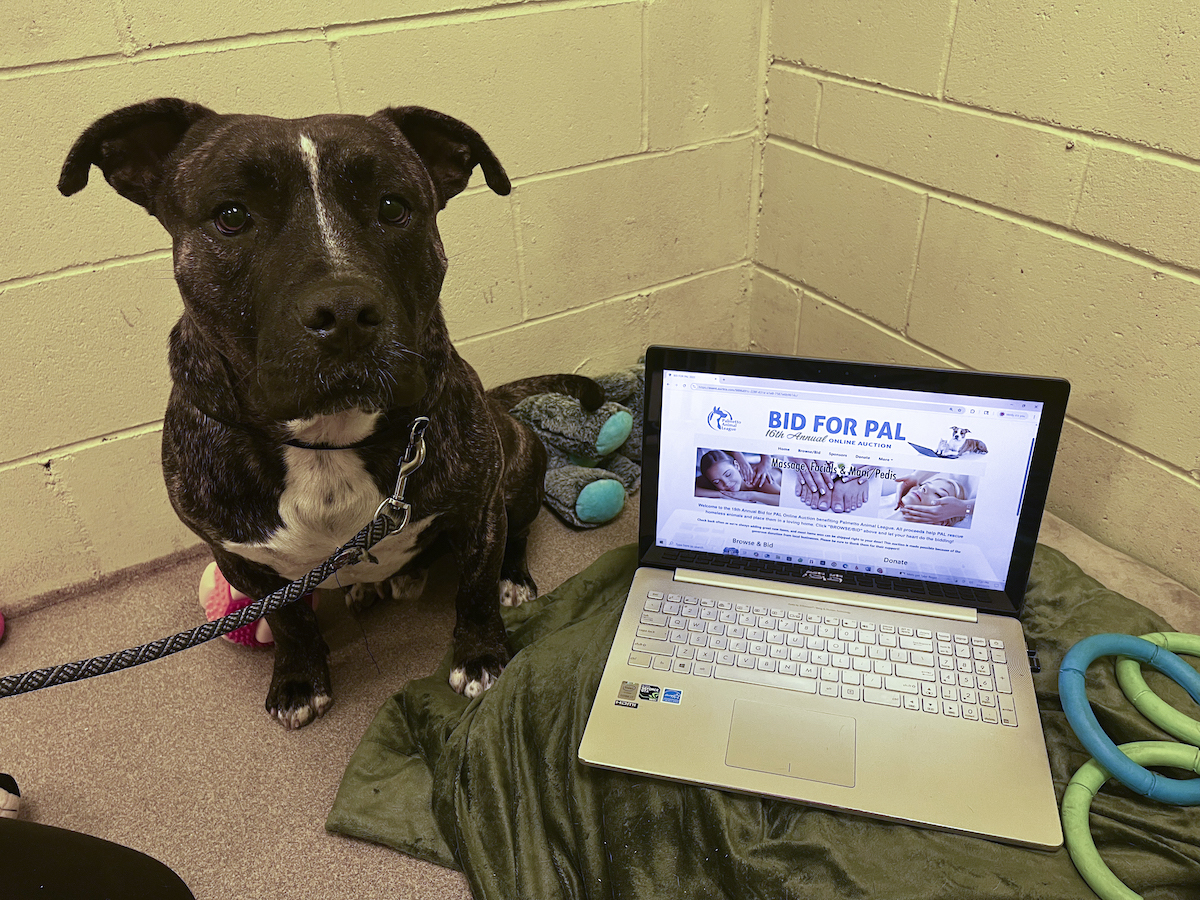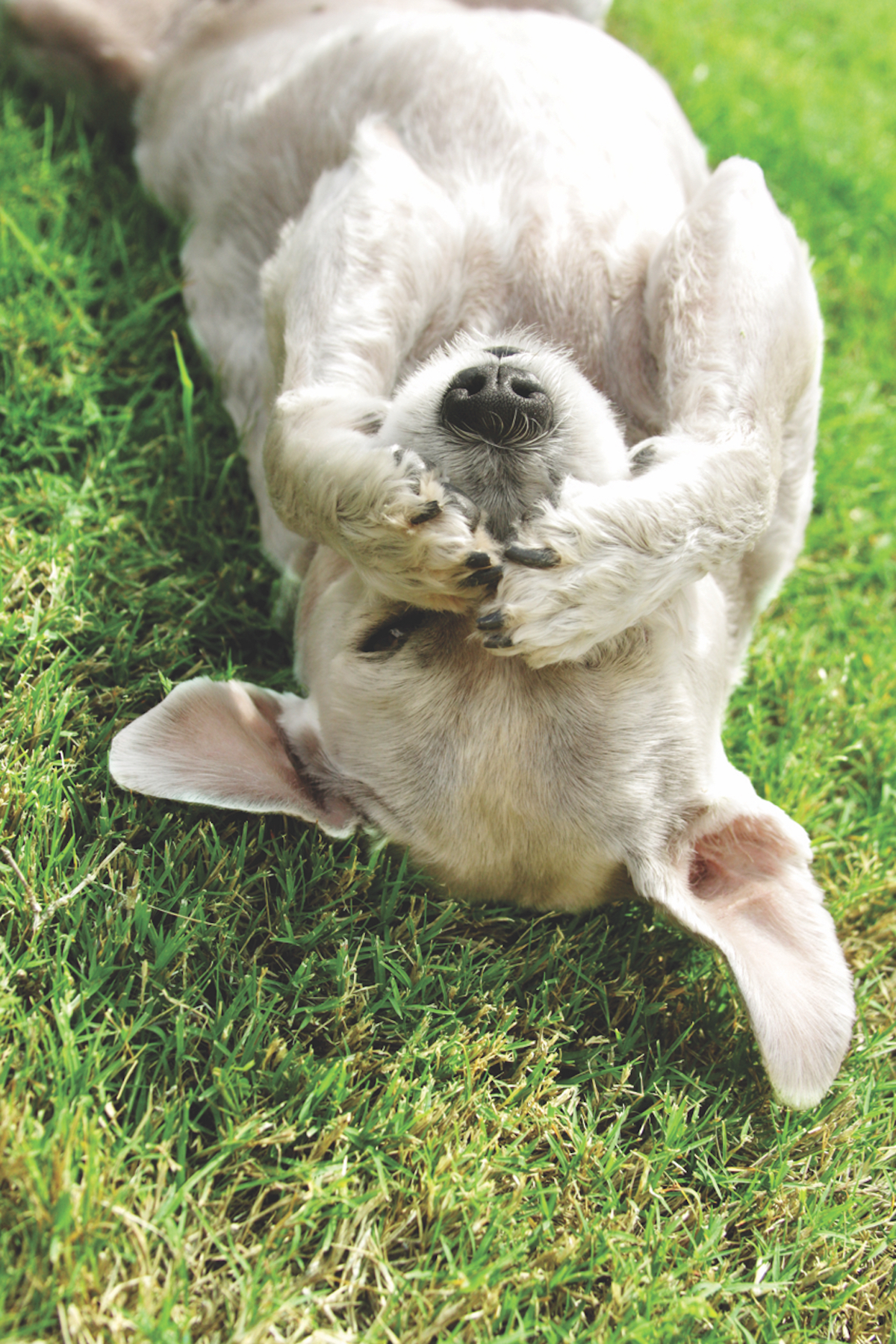By Paul Hyde
On the eighth day, after taking a day off, God realized human beings fell a little shy of expectations, so He created dogs. And God saw that they were good.
They were perfect.
That muffled sound you hear is thousands of furry paws applauding in unison.
It’s a happy Christmas for South Carolina’s dogs, cats, and other domestic critters.
Our state’s first veterinarian school will become a reality in fall 2026 at Clemson University. Students can apply in 2025.
The Clemson College of Veterinary Medicine will offer great opportunities for South Carolina’s young people, help alleviate the shortage of veterinarians in our state, and perhaps bring down the cost of veterinary care while also raising standards for animal welfare statewide.
With so much negativity in the news and anger in the atmosphere this Christmas, this initiative is something worth celebrating. (Here I should note, for full disclosure, that I once worked for Clemson in an unrelated discipline.)
South Carolina lawmakers have provided solid support for this project, investing $125 million this year after previously allocating $103 million for a new state-of-the-art veterinary campus at Clemson.
That’s a bold forward-thinking commitment from a Legislature that’s not always known for acting boldly.
But it makes perfect sense. Veterinary care is a huge growth industry, far outpacing such fields as engineering, accounting and web developing.
Veterinarian jobs nationwide are expected to grow by 19% over the next 10 years, much faster than the 4% growth rate of jobs overall, according to the Bureau of Labor Statistics.
About 4,300 openings for veterinarians are projected each year, on average, over the next decade. These are high-paying jobs, of course, with the median wages for veterinarians currently at $119,100 and growing.
Clemson has hitched its wagon to a rising star.
Fur babies are family
The growth in veterinary jobs is easy to explain.
Once upon a time, dogs and cats were merely pets. Over the past few decades, however, fur babies became family.
About 97% of pet owners consider dogs, cats and other domestic critters part of their families.
Most Americans (62%) own a pet, including about a third (35%) who have more than one.
Almost two-thirds of pet owners report that they take more photos of their dogs than of family members. (I plead guilty.)
Americans have more dogs than children and we spend generously on our companion animals.
U.S. households, by one estimate, spent an average of $1,733 on pets in 2024. That sounds like a lot, but for me it hits close to home. Shall I show you the dentistry bill for my dog Boswell? (Yes, there’s such a thing as a veterinary dentist.) Is it worth it? Just look at that smile!
Americans spent $150.6 billion on their pets in 2024. That’s up from $136.8 billion in 2022.
In South Carolina, however, there’s a significant veterinarian shortage for both small and large animals.
A study last year found that South Carolina ranked No. 10 among states that have the biggest veterinarian shortage.
A 2022-23 survey found that 33% of South Carolina counties have fewer than five veterinarians while almost half of the counties have fewer than 10 veterinarians.
That shortage makes veterinary care less affordable and accessible in South Carolina.
On the other hand, it creates great opportunities for young people who want to become veterinarians.
The school’s first Doctor of Veterinary Medicine class is expected to have 80 students, training new vets over four years for both companion animals like Boswell and agricultural animals like cows, pigs and chickens.
To create the program, Clemson hired Steven Marks, the longtime associate dean and director of veterinary medical services at the highly respected vet school at North Carolina State University.
Dollars and sense
The vet school will offer a huge benefit to South Carolina and its communities.
Because we currently have no veterinary medical college in the state, South Carolina currently spends $8 million per year for 46 students to pursue veterinary education in other states.
Clemson’s veterinary school could bring many of those dollars home.
Plus, more veterinarians in the state could hold down the growing cost of veterinary care.
The state also needs more vets to sustain the state’s $51.8 agricultural and livestock industry.
Because the school will operate on an apprentice model, student vets will be sent out into communities to assist professionals. Other vet schools have created walk-in pet clinics and grief counseling services.
I can’t help but think that the influence of Clemson’s veterinary school will lead to better animal welfare standards in the state as well, including the lack of doggie day care rules recently explored in the S.C. Daily Gazette.
The school could inspire greater love and respect for companion animals in South Carolina. Research, of course, has shown that pets in the household offer numerous physical and emotional benefits.
But who needs a study for that? Just ask any dog owner.
Paul Hyde is a longtime journalist and teacher in the Upstate. He worked 18 years for the Greenville News as a columnist, editorial writer, education reporter and arts writer. He holds undergraduate and graduate degrees from Clemson and Harvard universities. He has written for the Houston Chronicle, Dallas Morning News and USA Today, among other publications. He currently is a regular contributor to the Greenville Journal, Atlanta Journal-Constitution and Classical Voice North America.












